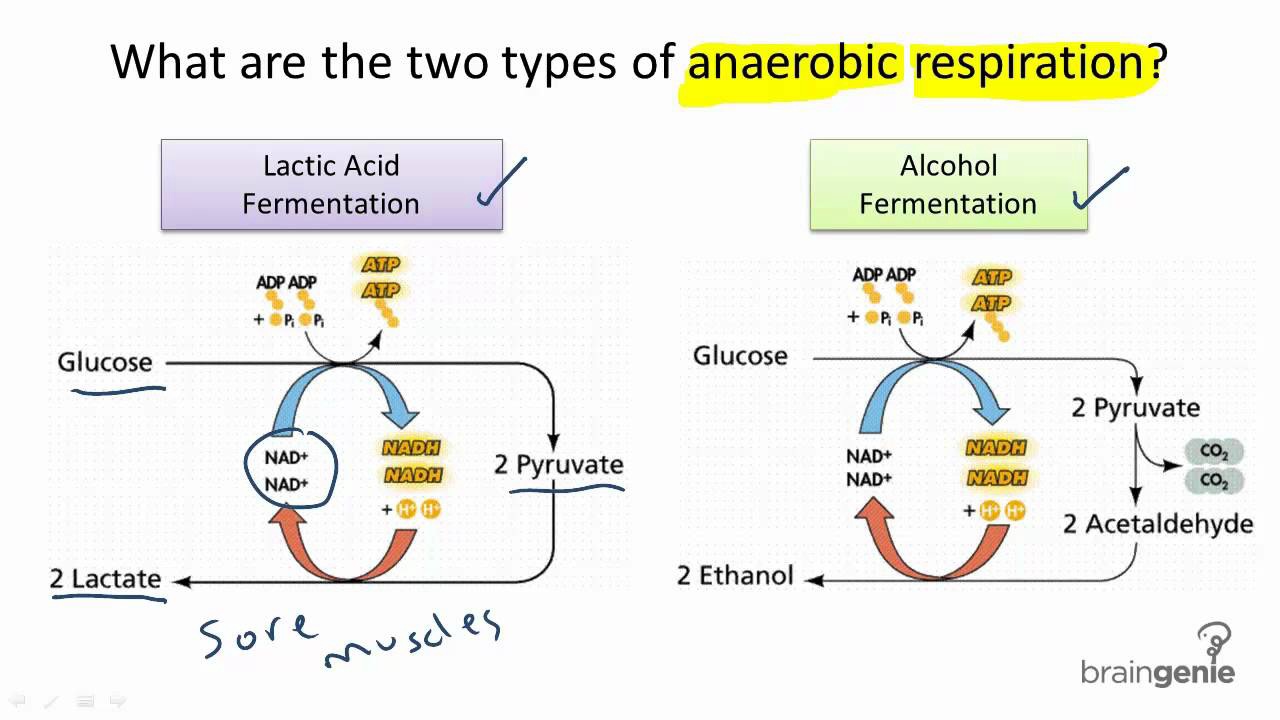Introduction

Anaerobic respiration is a form of cellular respiration that occurs without the prescence of oxygen. The two types of anaerobic respiration processes include lactic acid fermentation and alcoholic fermentation. Lactic acid fermentation is the process in which one glucose molecule is converted into two lactic acid molecules and two ATP molecules, usually occurring in muscle cells. Alcoholic fermentation is the process in which one glucose molecule is converted into two ethanol molecules and two ATP molecules, occurring in the prescence of yeast.
Task
Throughout this webquest, a complete and thorough overview of anaerobic respiration will be analyzed. Topics that will be went over include lactic acid fermentation, alcoholic fermentation, and the advantages as well as aerobic respiration.
Process
http://www.phschool.com/science/biology_place/biocoach/cellresp/review5…
What is the end product of lactic acid fermentation?
Where does lactic acid fermentation commonly occur?
How does the process of lactic acid fermentation continue?
http://en.m.wikipedia.org/wiki/Ethanol_fermentation
What compound is commonly used to create alcoholic fermentation?
What are the products of alcoholic fermentation?
What foodstuffs are most commonly made with alcoholic fermentation?
http://evolution.about.com/od/Microevolution/a/Aerobic-Vs-Anaerobic-Res…
What is the difference between anaerobic respiration and aerobic respiration?
Which process of respiration produces the most energy? How many ATP are produced for each process of respiration?
Which process of respiration can be done the fastest? Why?
Conclusion
In conclusion, alcoholic fermentation and lactic acid fermentation both have their purpose within both the human body and the global ecosystem of natural life.